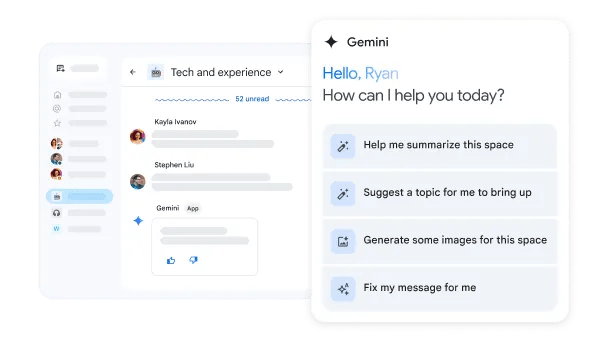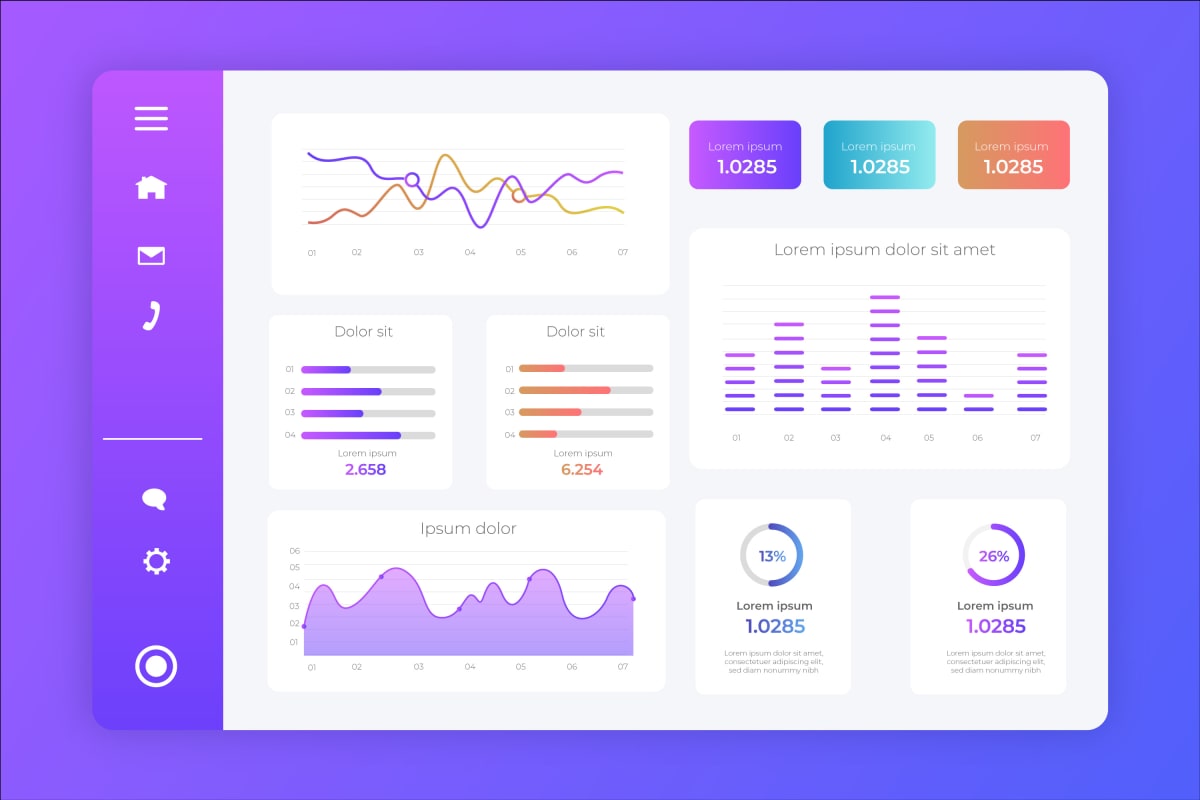Introduction
Remember when “business intelligence” meant staring at static dashboards and guessing what the numbers were trying to say? Those days are officially over.
In 2025, AI isn’t just an add-on to BI — it’s completely transforming how companies understand and act on data. The smartest organizations aren’t hiring more data scientists — they’re using AI-powered tools that explain the why behind the numbers in real time.
While many businesses are still testing the AI waters, those that jumped in early are already reaping the benefits. The real question isn’t if you’ll use AI-powered BI, but how soon you can get started.
In this article, you’ll discover:
The key shifts making AI-BI essential
The top 3 tools leading the charge
How to choose the right platform without the hype
A simple, realistic game plan to make it work
The Big Shift: From Static Dashboards to Conversations with Data

Old-school BI required endless prep: cleaning data, building dashboards, and waiting for IT to deliver insights. It worked, but it wasn’t fast or flexible.
Today’s AI-first BI tools flip that model. You can now talk to your data. Ask, “Why did sales dip last Tuesday?” and get a natural-language answer — complete with a generated chart or visualization.
Some platforms even feature agentic AI that doesn’t just explain results — it acts on them. Imagine a tool that spots churn in customer data and automatically launches a retention workflow.
The goal is simple: give every employee the ability to make smarter decisions, instantly — no data science degree required.
Why it matters now
Data is growing faster than humans can process it. Teams don’t just want dashboards; they want stories, explanations, and guidance. AI is finally bridging the gap between having data and understanding it.
The Trends That Actually Matter in 2025

Trend A: Talking to Your Data
BI tools like Power BI and Tableau now let you query data in plain English — just like chatting with Siri or ChatGPT.
Trend B: AI That Thinks Ahead
Modern BI doesn’t just answer questions — it predicts what you’ll ask next, forecasts trends, and automates follow-up actions.
Trend C: Analytics Where You Work
Insights are leaving the dashboard and appearing directly inside your workflow tools — from Slack to CRMs — making every employee a potential data analyst.
Trend D: Trust is Everything
As AI takes a bigger role, data accuracy, transparency, and governance are now top priorities. Responsible AI = reliable business intelligence.
The Top 3 AI-Powered BI Tools to Watch
Microsoft Power BI (with Copilot)

The vibe: The reliable workhorse just got a genius upgrade.
Why it stands out: Perfect for organizations already using Microsoft’s ecosystem (Azure, Office, Teams). Copilot can instantly generate visuals, formulas, and explanations in plain English.
Best for: Businesses seeking seamless integration and AI assistance without leaving their Microsoft environment.
Tableau (with Einstein Copilot)

The vibe: The artist of the BI world — now with an AI brain.
Why it stands out: Tableau’s stunning, interactive dashboards are now paired with Salesforce’s Einstein AI. It can suggest visuals, forecast performance, and guide analysis, all automatically.
Best for: Teams that value visual storytelling and already use Salesforce tools.
Looker (on Google Cloud)

The vibe:The organized strategist who keeps everyone aligned.
Why it stands out: Looker’s “semantic layer” ensures consistent data definitions across teams. Its AI features allow natural-language querying with strong data governance — a perfect mix of flexibility and control.
Best for: Enterprises on Google Cloud that value governance, scalability, and collaboration.
Cutting Through the Hype: How to Choose the Right Tool
Don’t let buzzwords drive your decision. Ask these five questions first:
How smart is the AI, really? Can it truly understand questions, or is it just keyword-matching?
Will it integrate smoothly? The best tool complements your current stack, not complicates it.
Is it actually user-friendly? If non-technical users can’t use it confidently, it’s not democratized BI.
Where are the guardrails? Look for explainable AI, data lineage tracking, and strong governance features.
What’s the total cost? Factor in scalability, maintenance, and user licensing — not just upfront price.
Making It Work: A No-Nonsense Game Plan
Buying software is easy. Getting ROI takes discipline. Here’s a simple, human approach:
- Start with a question, not a dashboard. Define what decision you want to improve.
- Clean your data. Even the smartest AI can’t fix messy inputs.
- Train your people. Don’t just give them access — give them confidence.
- Embed insights where decisions happen. Integrate analytics into everyday workflows.
- Start small, scale fast. Pilot, measure success, then expand.
- Keep humans in control. AI is an advisor, not an autopilot.
Conclusion: Smarter Decisions, Not Just Smarter Tech

The real power of AI in 2025 isn’t about shiny features — it’s about clarity and action. These tools are turning data into conversations, not confusion.
Whether you choose Power BI, Tableau, or Looker, the winning strategy is the same: build trust in your data, empower your people, and keep the human judgment at the center.
AI can’t replace smart decisions — but it can help you make them faster than ever.




